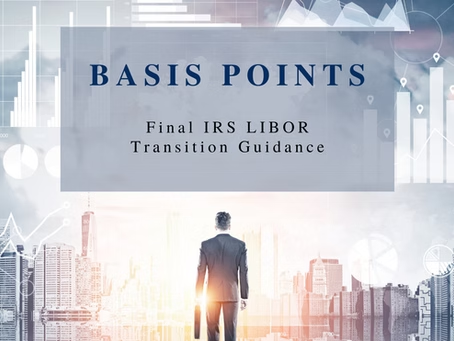
Final IRS LIBOR Transition Guidance
The Internal Revenue Service published its final regulations on January 4th for the LIBOR transition. There were several changes from their proposed regulations

The Internal Revenue Service published its final regulations on January 4th for the LIBOR transition. There were several changes from their proposed regulations

Some issuers recently have started rethinking a choice they made a year ago to invest their bond proceeds for construction funds into money market mutual funds

With the U.S. fiscal year ending on September 30th when government funding is set to expire, there has been increased pressure to extend funding

The recent closure of the SLGS window combined with the extremely low interest rates on the front end of the yield curve has created a situation for small issuers in which it may be more cost effective, after fees, to cash fund an escrow rather than purchase a portfolio of open market Treasury securities
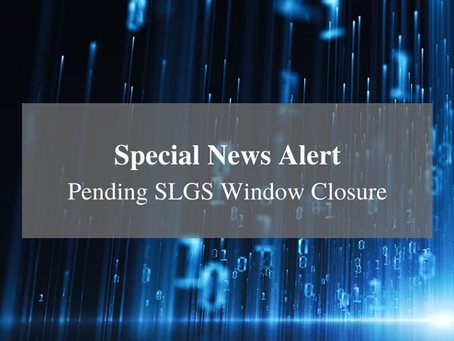
The debt ceiling for the United States is currently suspended until July 31 and at that time, it will be set to the amount of debt on that day

In the current market, debt service reserve funds create negative arbitrage for issuers due to the difference in available investment rates for the reserve fund and the borrowing rates of the bond transaction
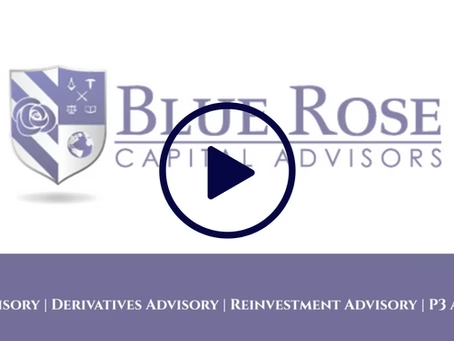
Do you want to learn more about refunding escrows, especially with a SLGS window closure expected this summer? Blue Rose has experience in structuring, restructuring, and procuring open market escrow portfolios

As we’ve written previously, the debt ceiling for the United States is currently suspended until July 31, 2021, and at that time, it will be set to the amount of debt on that day
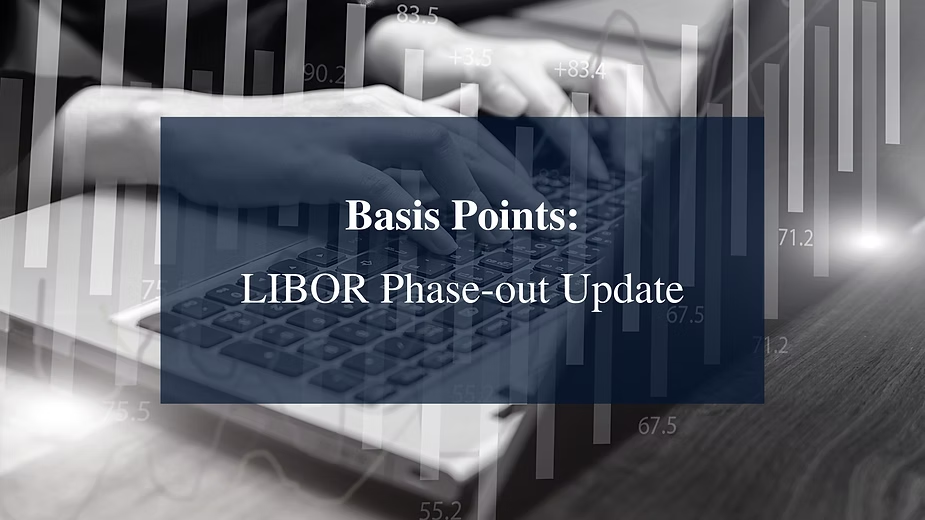
During the webinar, we discussed several legislative initiatives intended to cover legacy financial instruments that do not include fallback language and are not subject to the ISDA 2020 LIBOR Fallbacks Protocols
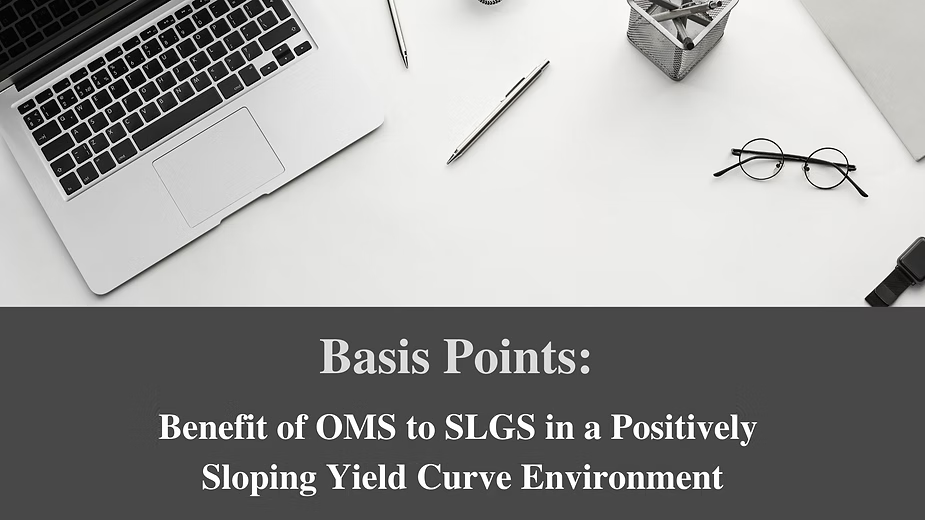
In the current market, the yield curve is no longer inverted and in fact is steeper than it has been during the past four years









